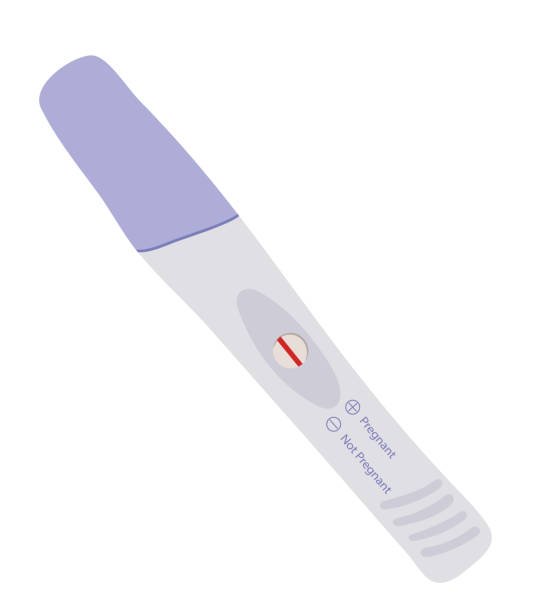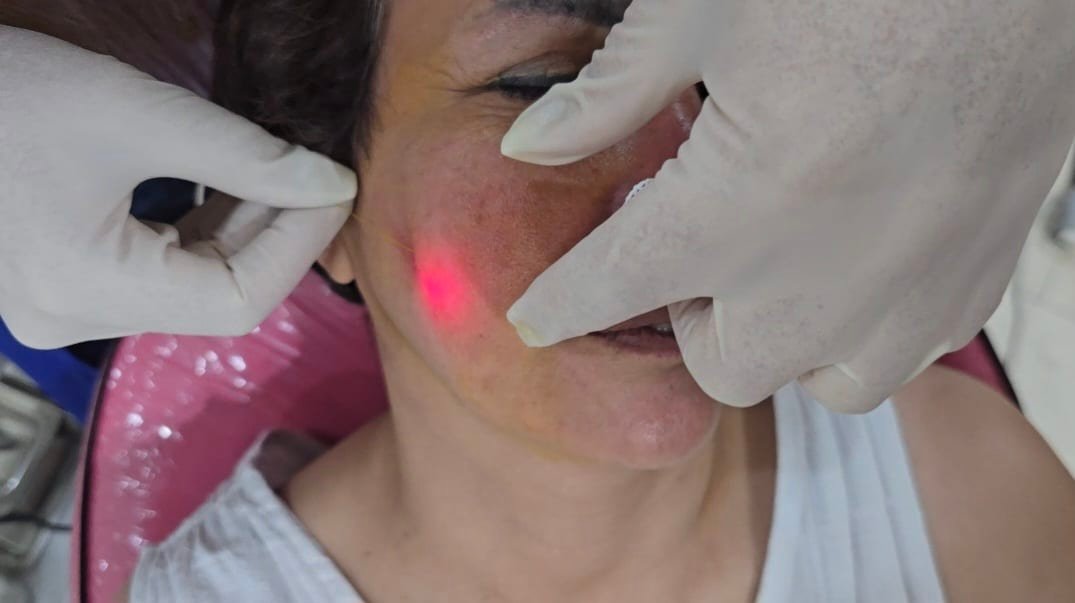Pregnancy strips, or home pregnancy tests, have become a widely used method for women to determine if they are pregnant. These over-the-counter tests offer a simple, quick, and affordable way to detect pregnancy in the comfort of one’s own home. In this article, we will explore how pregnancy strips work, the best time to use them, their accuracy, and what factors might influence their results.
How Pregnancy Strips Work
Pregnancy strips detect the presence of human chorionic gonadotropin (hCG), a hormone that is produced when a fertilized egg attaches to the lining of the uterus. After implantation, hCG levels begin to rise rapidly. Pregnancy tests are designed to detect these elevated levels in a woman’s urine, which is why urine samples are used.
A pregnancy strip consists of a reagent that reacts with hCG when it comes into contact with urine. When a woman applies urine to the test strip, a chemical reaction occurs if hCG is present. The test strip typically shows two lines: one for the control and one for the result. If both lines appear, it indicates a positive result, meaning the woman is pregnant. If only the control line appears, the test result is negative.
The Best Time to Use a Pregnancy Strip
For the most accurate results, it is essential to use the pregnancy strip at the right time. The best time to take a pregnancy test is after a missed period. Testing too early, before the hCG levels have risen enough, can result in a false negative.
While some pregnancy strips advertise the ability to detect pregnancy as early as the first day of a missed period, waiting a few extra days can improve accuracy. The first morning urine is recommended for testing, as it is typically more concentrated, providing a better chance of detecting low levels of hCG.
Accuracy of Pregnancy Strips
Pregnancy strips are highly accurate, with many brands claiming over 99% accuracy when used correctly. However, several factors can influence the reliability of the results:
1. Timing of the Test
If the test is used too early, it may not detect the pregnancy, even if a woman is pregnant. It is crucial to wait until after a missed period to improve the chances of an accurate result.
2. Test Sensitivity
Different pregnancy strips have varying sensitivities to hCG. Some strips can detect very low levels of hCG, allowing for earlier detection, while others are more sensitive to higher levels, requiring a longer wait after conception.
3. User Error
Incorrect usage of the test, such as not following instructions or reading the results too early or too late, can lead to false results. It’s essential to read the instructions thoroughly and wait for the recommended time before interpreting the results.
Interpreting the Results
Pregnancy strips show two lines: one for the control and one for the test result. A positive result occurs when both lines appear, even if the test line is faint. This means hCG was detected, indicating pregnancy. If only the control line appears, it is a negative result, meaning no pregnancy has been detected.
It is important to read the results within the time frame specified in the instructions. Waiting too long can lead to evaporation lines, which might be mistaken for a faint positive result.
Advantages of Saliva Drug Tests
Saliva drug tests have many advantages that make them a popular choice:
- Quick and Easy – The process is simple and non-invasive, making it less stressful for individuals compared to urine or blood tests.
- Fast Results – Results can often be provided within minutes, making them ideal for situations where immediate testing is needed.
- Low Risk of Tampering – Unlike urine samples, which can be substituted or adulterated, saliva samples are harder to manipulate, ensuring more reliable results.
- Ideal for Detecting Recent Use – Since saliva tests are most effective at detecting substances used in the past few hours or days, they are particularly useful for situations like roadside testing for impaired driving or immediate workplace testing.
Limitations of Saliva Drug Tests
Despite their benefits, saliva drug tests do have some limitations:
- Short Detection Window – These tests primarily detect recent drug use, so they may not be able to identify drugs used more than a few days ago. This limits their ability to detect long-term or chronic drug use.
- Limited Drug Detection – Saliva tests are less comprehensive than urine or blood tests. They may not detect certain drugs, such as anabolic steroids, and may not be as sensitive to some substances.
- Potential for False Results – Saliva drug tests, like all drug tests, can sometimes yield false positives or false negatives due to factors like contamination or the presence of other substances.
Factors Affecting Accuracy
Several factors can impact the accuracy of a pregnancy strip:
- Expired or Improperly Stored Tests: Using an expired or damaged test can affect the accuracy of the results. Always check the expiration date and store the test as instructed.
- Medications: Certain medications, such as those containing hCG or fertility treatments, can interfere with the results. Always check with a doctor if taking such medications.
- Ectopic Pregnancy or Miscarriage: An ectopic pregnancy (a pregnancy that occurs outside the uterus) or a chemical pregnancy (an early miscarriage) can sometimes result in abnormal hCG levels that affect test results.
Conclusion
Pregnancy strips are an effective and convenient way for women to test for pregnancy at home. By following the instructions carefully and testing at the appropriate time, these tests can provide reliable results. While they are generally accurate, it’s important to confirm positive results with a healthcare provider, especially for further prenatal care. With their ease of use and high accuracy, pregnancy strips remain a trusted method for women to check if they are expecting.
















Leave a Reply